Net Zero : Explained
A Net Zero residence or commercial building must meet the stringent requirements established by the Canadian Home Builders Association (CHBA). In order to receive a Net Zero certification, the building must use on site renewable energy systems to produce as much clean energy as it consumes. From the foundation to the roof, every system within the build seeks to be as energy efficient as possible. This includes framing, insulation, heating and cooling systems, windows, ducts, appliances, lighting, and mechanical systems. Upon completion of the project, a pressurized air test is completed to measure the airtight quality of the building envelope. Meeting the minimum air leakage requirements earns the build a Net Zero certification and verifies the durability and energy efficiency of the build. With improved air quality and better heat recovery on air exchange systems, a Net Zero home or office is quieter, healthier, and more comfortable.
A Net Zero building generates enough renewable energy each year to fully offset its own energy consumption, significantly reducing reliance on nonrenewable resources in the building sector.
Curious about the benefits? You should probably give us a call—we could talk about Net Zero builds all day!



